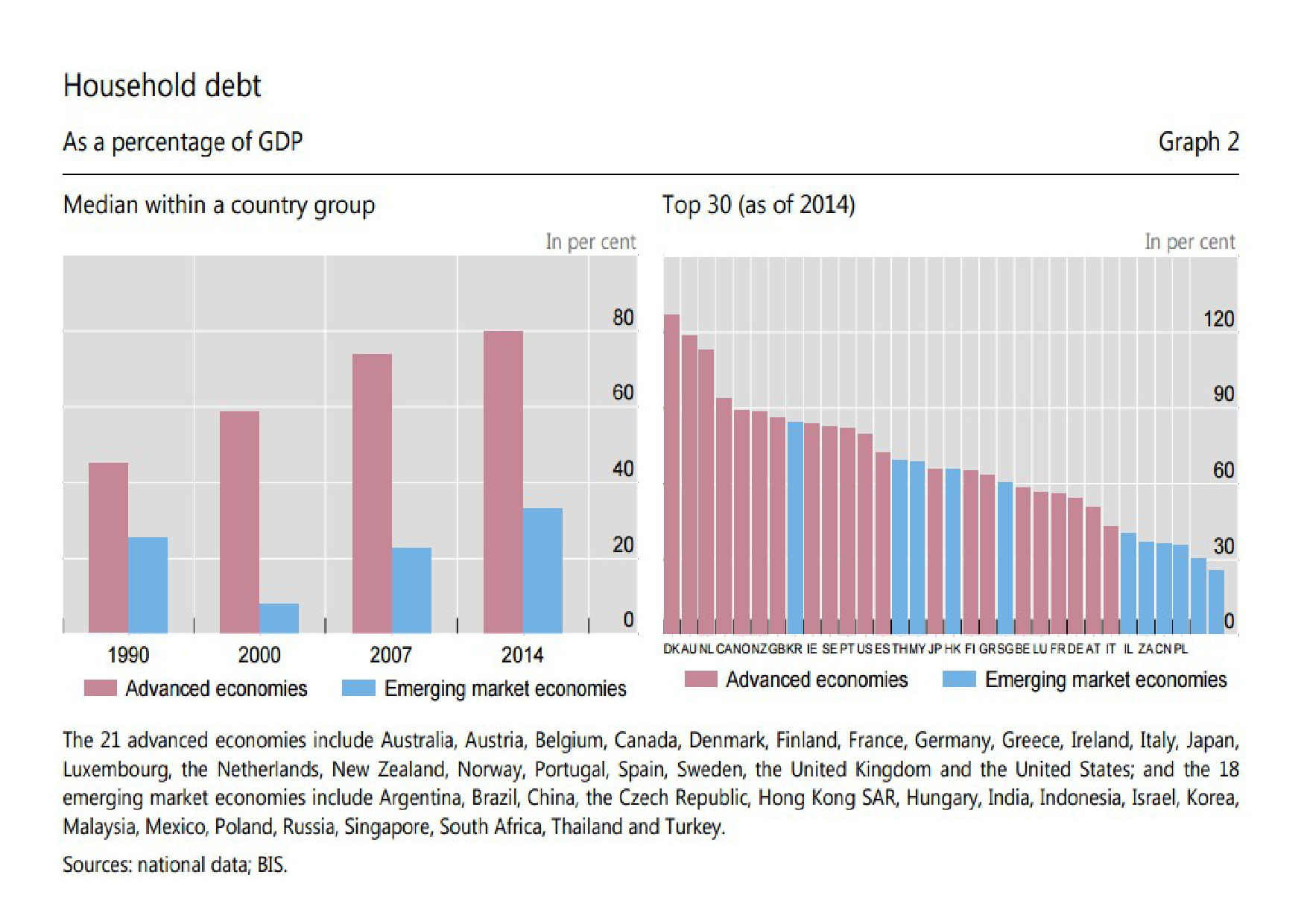Facts do not cease to exist because they are ignored.
– Aldous Huxley.
There was once a time, perhaps, when unprecedented things happened only occasionally. In today’s financial markets, unprecedented things are commonplace. The Queen in Lewis Carroll’s ‘[Alice] Through the Looking-Glass’ would sometimes believe as many as six impossible things before breakfast. She is probably working in the bond markets now, where believing anything less than twelve impossible things before breakfast is for wimps.
The average yield on all German government debt is now less than zero, for example. This doesn’t really make any sense, but then not much does any more in the interest rate markets. We saw last month that the Danish sex therapist (this detail being entirely gratuitous) Eva Christiansen had just been approved for a small business loan at a rate ofminus 0.0172%. She is herself receiving interest on the loan she’s taken out. At the same time Danish depositors are being charged 50 basis points simply for the convenience of keeping their money in the bank. Jamie Dimon, chairman and CEO of JP Morgan, points out that on October 15, 2014, the yield on US Treasury bonds moved, intra-day, by 40 basis points. How did he describe that move ? “Unprecedented.” But it matters, because Treasury bonds are meant to be the cornerstone of the capital market structure. If Treasury yields move up and down – in a single day – like a whore’s drawers, it does not exactly betray massive confidence in the rest of the financial system.
This pronounced volatility may or may not be a precursor to larger shocks to come. One reason to believe it might be is cited by Dimon when he talks about much reduced liquidity in the bond market:
..the market depth of 10-year Treasuries (defined as the average size of the best three bids and offers) today is $125 million, down from $500 million at its peak in 2007. The likely explanation for the lower depth in almost all bond markets is that inventories of market-makers’ positions are dramatically lower than in the past. For instance, the total inventory of Treasuries readily available to market-makers today is $1.7 trillion, down from $2.7 trillion at its peak in 2007. Meanwhile, the Treasury market is $12.5 trillion; it was $4.4 trillion in 2007. The trend in dealer positions of corporate bonds is similar. Dealer positions in corporate securities are down by about 75% from their 2007 peak, while the amount of corporate bonds outstanding has grown by 50% since then.
“Inventories are lower – not because of one new rule but because of the multiple new rules that affect market-making, including far higher capital and liquidity requirements and the pending implementation of the Volcker Rule. There are other potential rules, which also may be adding to this phenomenon. For example, post-trade transparency makes it harder to do sizeable trades since the whole world will know one’s position, in short order..
Imagine a small room improbably crammed full of elephants. There is only one tiny door by way of an exit. Now let off a firework.
We heard a great line at an investment conference during the dark days of 2008, post-Lehman:
If you’re a distressed seller of an illiquid asset in a market panic, it’s worse than being trapped in a crowded theatre that’s on fire. It’s like being trapped in a crowded theatre that’s on fire, and the only way you can get out is by persuading someone on the outside to swap places with you.
For context, the sort of stuff whose values imploded spectacularly in 2008 included dodgy corporate credit and mortgage backed securities. Given the liquidity dynamics of the institutional marketplace highlighted by Jamie Dimon, the sort of stuff whose values can implode instantaneously today includes the likes of US Treasury securities themselves. So in the fixed income market, all bets are off.
At the recent Grant’s Conference in New York, fund manager Paul Singer identified an even bigger short than the original Big Short (repackaged sub-prime tat). This new, even bigger short ?
Long-term claims on paper money. In other words, all bonds.
Is it remotely possible that at some point, perhaps quite soon, the bond market could see yields spike higher, driven by .. <answers on a postcard> ? As Paul Singer puts it,
A surge of inflation which far exceeds the strength of the economies is not out of the question and could be catalyzed and accelerated by the oft-stated goal of central bankers to cause more of it.
The bond market is acting schizophrenically. The cognitive dissonance is deafening. It has pushed down the yields of bonds on the tacit understanding that central banks (most recently, the European Central Bank) will be buying them by the bucket-load. But the expressed purpose of so-called Quantitative Easing is to ignite inflation. If you believe that central banks can succeed in creating inflation, then you should be selling bonds, not buying them, especially when they’re yielding less than zero. We’re not convinced that central bank money creation can easily trigger inflation when the forces of deflation seem to be currently so powerful. But it matters not. Anybody with half a brain cell will recognize the risk inherent in bond markets today. The relative and absolute attractiveness of value equities, by comparison, is now astonishing. The only people who should be buying bonds today are billionaire altruist lunatics with a death wish.



